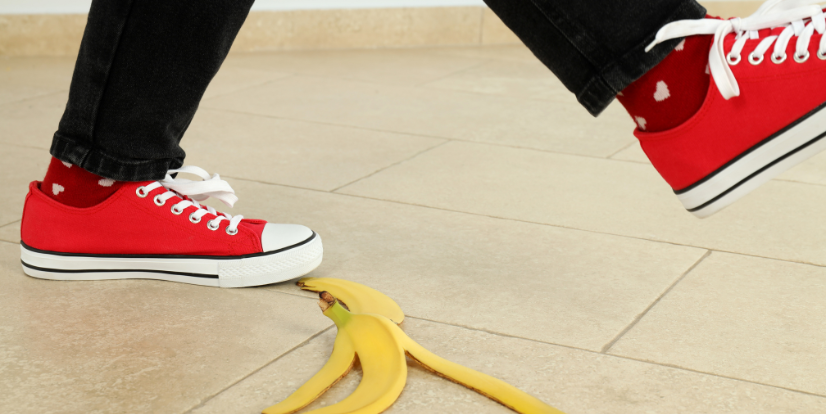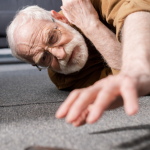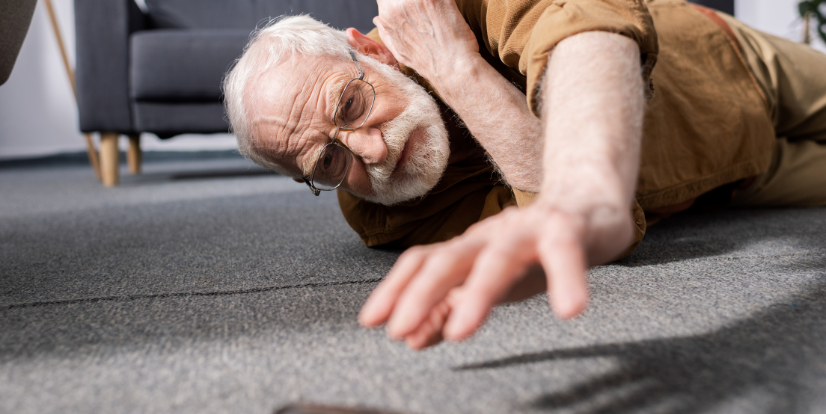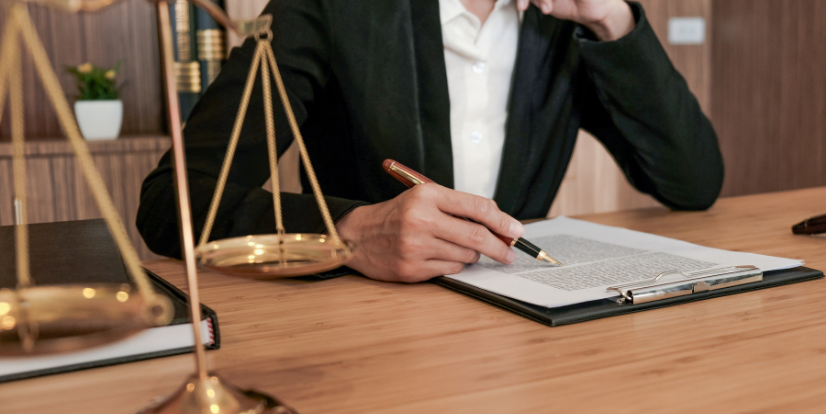Have you or a loved one experienced a slip and fall accident?
While many people tend to dismiss minor falls, these accidents can lead to serious complications that may not always be apparent right away. Timely medical intervention is essential to prevent long-term health issues. In this article, we’ll explore why it’s important to recognize the hidden dangers of slip and fall accidents and how they can impact your health and well-being.
What Are Slip and Fall Accidents?
A slip and fall accident occurs when a person loses their balance due to a slip, leading to a fall. Each year in the United States, between 700,000 and 1,000,000 people visit the emergency room due to slip and fall injuries. These accidents can result in:
- Serious injuries, such as fractures and head trauma
- Reduced mobility and functionality
- Diminished quality of life
- Increased fear of falling again
- Higher healthcare costs
How Slip and Fall Accidents Impact Quality of Life
Slip and fall accidents are the second leading cause of unintentional injury-related deaths globally, especially among older adults aged 60 and above. The effects of these accidents extend beyond the immediate physical injury, impacting various aspects of life:
Physical Health
Though many consider slips and falls as minor incidents, the injuries that result can have serious health consequences. Common injuries include broken bones, sprains, and soft tissue damage. Injuries to the head or spine can cause permanent complications, and older adults are particularly vulnerable to these outcomes.
Psychological Effects
Slip and fall accidents often leave individuals with a lingering fear of falling again. This fear can lead to a loss of confidence, limiting daily activities and independence. Over time, this anxiety may result in depression, and the resulting social isolation can further worsen mental health.
Long-Term Disabilities
In severe cases, slip and fall accidents can cause long-term disabilities, such as spinal cord injuries leading to partial or complete paralysis. Even seemingly minor fractures can result in chronic pain and lasting mobility issues.
Who Is at Risk of Slip and Fall Injuries?
Although anyone can suffer a slip and fall accident, certain groups are at higher risk:
Age
Older adults and young children are more prone to falls. Older individuals may experience moderate to severe injuries like hip fractures or head trauma due to physical, sensory, and cognitive changes associated with aging. Children, on the other hand, are naturally curious and may take risks that lead to falls, often while exploring their environment.
Gender
Men are generally at higher risk for slip and fall injuries due to their tendency to engage in risk-taking behavior and work in hazardous occupations. However, as people age, women, particularly older women, are more likely to suffer from slip and fall-related injuries.
Other Risk Factors
Additional factors that increase the likelihood of slip and fall accidents include:
- Occupations with high risks, such as construction or jobs involving elevated heights
- Alcohol and drug use
- Low socioeconomic status, including poverty and overcrowded housing
- Health conditions such as neurological or cardiovascular issues
- Medication side effects that affect balance
- Reduced mobility and cognitive abilities, particularly in older adults living in care facilities
Preventing Slip and Fall Injuries
Fortunately, there are several strategies to reduce the risk of slip and fall accidents:
For Children and Adolescents:
- Implementing parenting programs that educate families about fall risks
- Securing hazardous areas and installing safety features like soft play surfaces in playgrounds
For High-Risk Occupations:
- Enforcing workplace safety regulations, including the use of harnesses, fall arrest systems, and proper scaffolding
For Older Adults:
- Providing gait, balance, and functional training
- Reducing the use of medications that impair balance
- Ensuring that care facilities have adequate staff-to-resident ratios
Additional preventive measures, although basic, are effective in reducing the risk of falls:
- Restricting access to dangerous areas through fencing or barriers
- Requiring landlords to make necessary modifications to reduce fall hazards in homes
- Improving building safety standards
Conclusion
Recognizing the hidden dangers of slip and fall accidents is crucial for maintaining your health and safety. What may seem like a minor incident can have far-reaching effects on physical health, mental well-being, and quality of life. By taking preventative measures and seeking appropriate medical intervention when necessary, you can significantly reduce the risk of serious injury.If you or a loved one has experienced a slip and fall accident and are in need of medical assistance, our team at Know Your Health is here to help you find the best emergency medical services at affordable prices.






